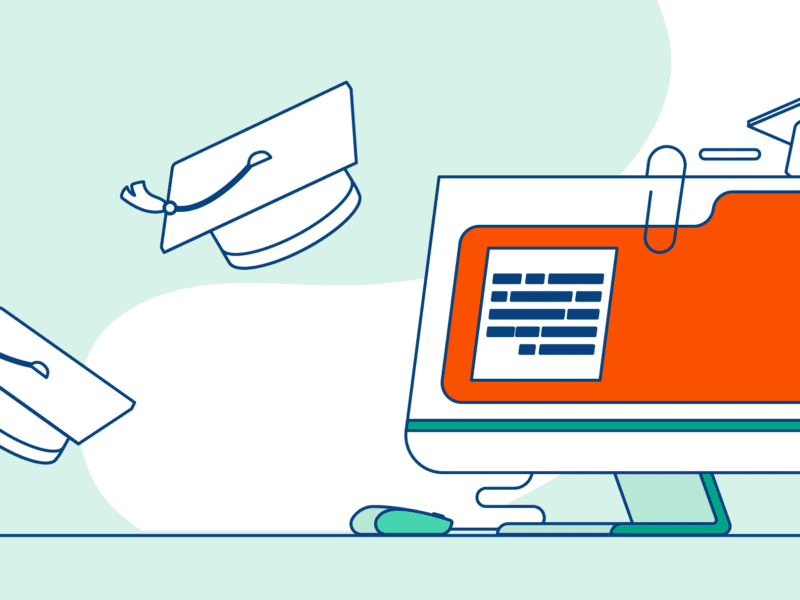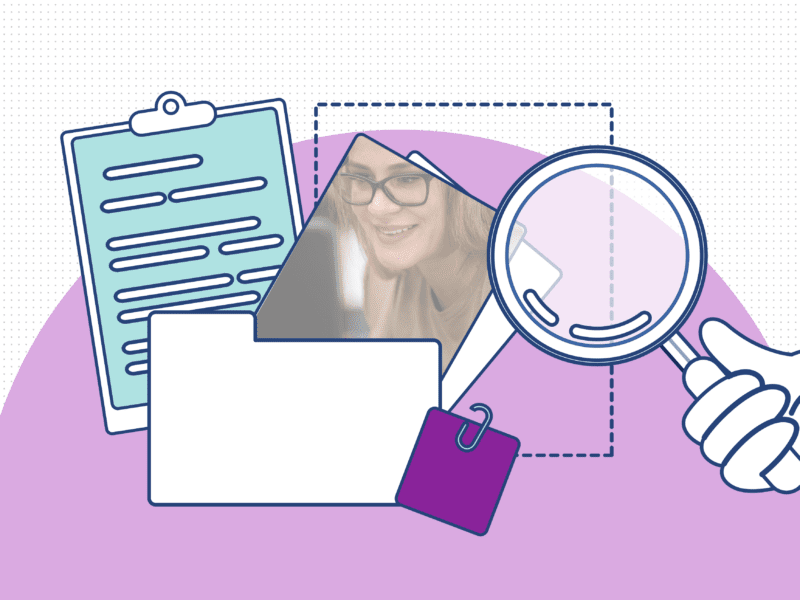
Assessments matter to students. At the end of a course or module, their grade is both a measure of personal success as well as proof of achievement for future institutions or employers. During the course, assessments allow them to reinforce skills, monitor their progress, and recognise knowledge gaps. But these valuable outcomes can only happen if assessments are well-designed, relevant and fair. So what does this mean for today’s institutions?
What is authentic assessment?
First, let’s have a look at what makes an assessment authentic for 21st-century learners. According to Grant Wiggins, an assessment expert, authentic assessment involves “engaging and worthy problems or questions of importance, in which students must use knowledge to fashion performances effectively and creatively. The tasks are either replicas of or analogous to the kinds of problems faced by adult citizens and consumers or professionals in the field” (source). Similarly, Jon Mueller defines authentic assessment as “a form of assessment in which students are asked to perform real-world tasks that demonstrate meaningful application of essential knowledge and skills.” (source)
So, in short, authentic assessments allow students to put their skills to use in a way that’s relevant to the wider context of their learning. This means that they can better understand how their studies can be applied in real-life situations and gain transferable skills that are attractive to employers. Of course, this looks different for every disciple and Wiggins points out that;
“There’s a lot of authentic work that doesn’t make for good assessment because it’s so messy and squishy and it involves so many different people and so many variables […] So there’s a place for unauthentic, non-real-world assessments. We’re just making the distinction that you shouldn’t leave school not knowing what [adults] actually do.” (source)
How can institutions make today’s assessments more authentic?
Naturally, assessments for different subjects, topics and skills will vary and not all of them can be related to an authentic scenario. However, in almost every field, the ‘real world’ is increasingly digital. Gone are the days of accountants keeping handwritten ledgers, teachers writing on blackboards and the need to travel for hours to a business meeting. Now professionals use digital tools to streamline their work, from specialised software and videoconferencing to email and word processing. Students are also familiar with digital tools both in their personal lives, with Gen Z spending an average of 10.6 hours a day online (source), and in the classroom when they frequently use VLEs to access and submit assignments, for example.
Therefore authentic assessment in today’s world should empower test-takers to develop their digital skills, bridging the gap between the classroom and the workplace. The first step towards this alignment is implementing a digital assessment platform that allows students to take their tests in a familiar environment. If they type their assignments and they’ll primarily be using word-processing software in the workplace, handwriting an assessment seems outdated and may even create additional stress in an already high-stakes situation.
How can digital tools facilitate innovative assessment?
With the right tools in place, academics can begin to explore the many possibilities of authentic digital assessment. When you are no longer limited to questions and supplementary resources that can be produced on paper, assessments can be designed to test many different skills. For example, medical exams could allow trainees to analyse MRI scans and listen to patient consultations. Meanwhile, those studying journalism may be given a list of approved online resources, from raw footage to social media reports, and asked to create a piece based on their research. These kinds of assessments give students the opportunity to demonstrate different aptitudes and better replicate real-world scenarios.
Test-takers agree. In our recent student experience study, one of the respondents from the University of Bath said: “I think digital testing, especially open book, is more similar to the real world where you are testing a student’s ability to research and condense information in a set time period as opposed to testing their memory which is not how the world works these days.”
If you want to find out more about how you can improve student assessment experiences at your institution, our free toolkit includes curated resources including survey results, customer testimonials, practical guides and webinars.
View the student experience toolkit



